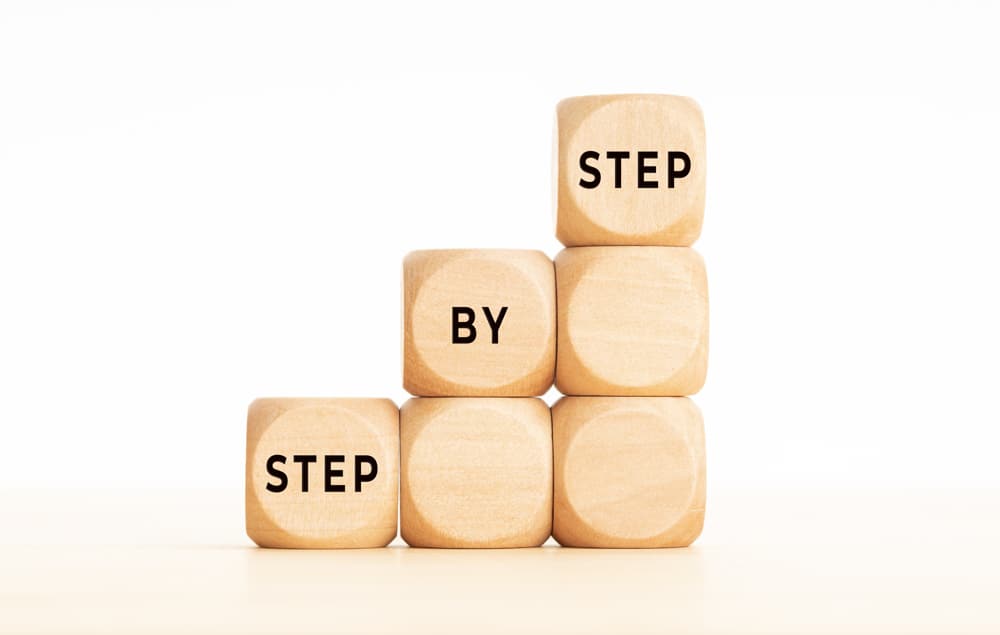WordPress is a widely-used content management system that powers millions of websites globally. However, it’s not uncommon to experience issues that require troubleshooting and debugging. In this guide, we’ll provide step-by-step instructions to help you troubleshoot and debug common WordPress issues.
I. Identify the Problem The first step in troubleshooting any issue is to identify the problem. Is it a plugin issue, a theme conflict, or a core WordPress problem? Once you have identified the problem, you can move on to the next step.
II. Check for Conflicts If the issue is related to a plugin or theme, deactivate all your plugins and switch to a default WordPress theme to see if the issue persists. If it doesn’t, you can start reactivating your plugins and switching back to your theme one by one until you find the culprit.
III. Check for Errors If you are seeing error messages on your site, check the WordPress debug log to identify the source of the error. This log can be accessed through your hosting provider or via a plugin like Debug Bar.
IV. Update WordPress Make sure you’re running the latest version of WordPress. Outdated versions can cause issues and vulnerabilities, so it’s important to keep your site up-to-date.
V. Check Your Server If you are experiencing issues with your website, it’s possible that your server is experiencing problems. Check with your hosting provider to see if there are any issues on their end.
VI. Use a Plugin There are many plugins available that can help you troubleshoot and debug WordPress issues, such as WP Debugging and Query Monitor. These plugins can help you identify the source of the issue and provide a solution.
VII. Seek Professional Help If you have tried all the above steps and are still experiencing issues, it may be time to seek professional help. WordPress experts and developers can help you identify and solve complex issues that may be beyond your expertise.
Troubleshooting and debugging common WordPress issues can be challenging, but by following these steps, you can resolve most issues without professional help. Remember to keep your site updated, use reliable plugins, and seek professional help if needed. By following these tips, you can ensure your WordPress site is running smoothly and efficiently.


